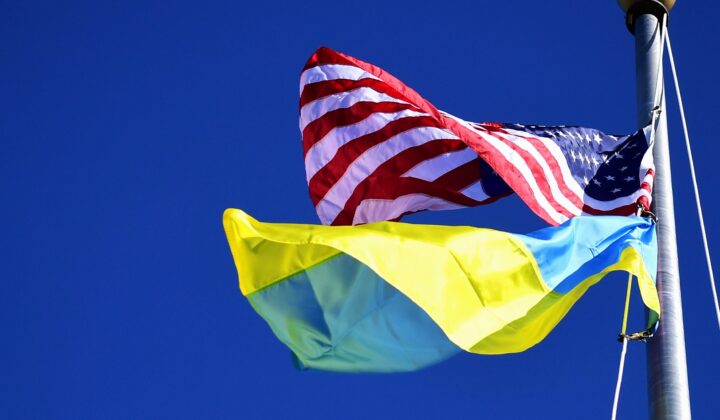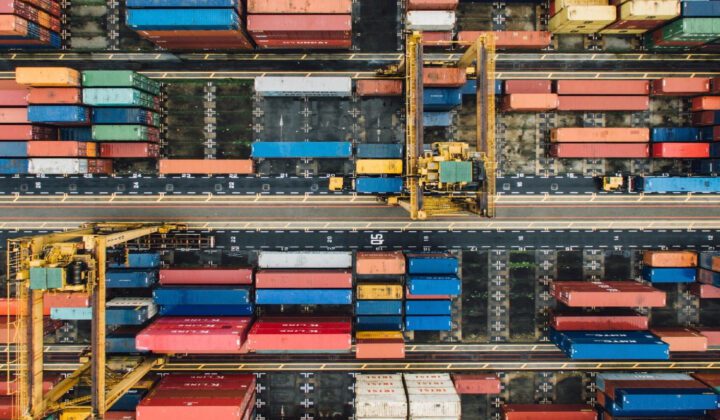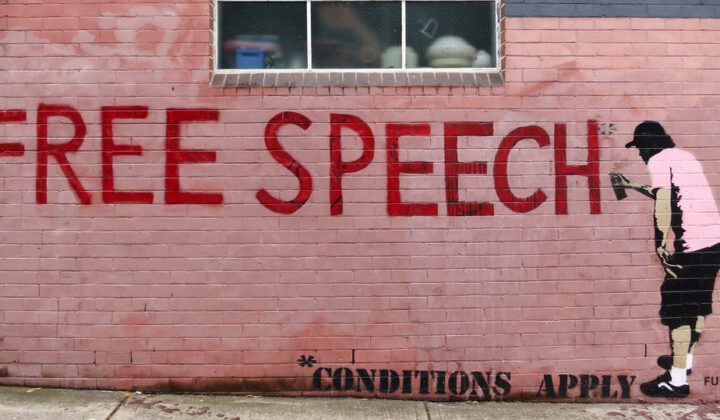Protests Across Russia Demand Navalny’s Release and Shake the Kremlin
More than 100,000 people poured into the streets of Russia on Saturday to protest the arrest of Alexei Navalny, Russia’s foremost opposition leader, who had apparently violated his parole when he was almost assassinated and had to be airlifted to Berlin. Shouts of “Free Navalny!” and “Putin is a thief!” rang out from Siberia to the squares of Moscow and St. Petersburg, marking the nation’s largest protests in years. In Yakutsk, a city in Eastern Siberia, bone-chilling temperatures of -61 degrees Fahrenheit did not deter citizens from making their voices heard. Braving heavily armed police and threats of state retribution, demonstrators everywhere decried government repression and the corruption of Putin’s regime.
The Kremlin’s response to the protests was swift and harsh. Large groups of officers, dressed head to toe in riot gear, surrounded and brutally beat demonstrators. Men, women, and children were picked off the streets at random and dragged away to police cars. In total, state police detained an estimated 3,900 people; law enforcement cracked down most forcefully on protests in Moscow, the nation’s capital, and in cities near the Chinese border, where previous demonstrations had occurred.
1. What do these protests show? Is Putin’s regime in danger?
Putin’s regime has survived several waves of organized protest before, including nationwide demonstrations held in 2017, 2014, and 2011. Yet there are several reasons to believe that Saturday’s protests may be more successful:
- Navalny has transformed himself into a powerful political martyr. Unlike many other members of the Russian opposition movement, he has refused to go into exile. After surviving a botched assasination attempt, he voluntarily returned to his country to face imprisonment. The emotional draw of his courage and his willingness to put country before self will continue to inspire new supporters.
- Huge numbers of young people took part in the protests, which has made the Kremlin increasingly anxious about its long-term political future. In the days before the protests, the government demanded that social media platforms take down any video encouraging minors to join. Schools scheduled exams and athletic events during demonstrations. Many universities threatened to expel students who took part. These efforts appear to have failed. Analysts estimate that more than 40% of attendees were first-time protesters.
- Navalny recently released several viral investigative documentaries that have galvanized his supporters and persuaded others to join his cause. Just four days before the protests, Navalny’s team released a Youtube video allegedly proving that Putin secretly spent 1.4 billion dollars on a personal palace on the Black Sea. This came on the heels of another viral video where Navalny was able to extract a confession from one of his would-be assassins, directly tying the attempt on his life to Putin’s regime. The two videos together have more than 120 million views. The president’s decadent lifestyle has quickly become a symbol of the Kremlin’s corruption and a major flashpoint in the country’s growing opposition movement. Many cited the video as their reason for taking part in demonstrations.
2. What can the United States and the West do?
Though the White House has condemned Russia’s actions and called for Navalny’s “immediate and unconditional release,” words are not enough. The West must meet the actions of Putin’s regime with swift financial and political retribution, including direct sanctions on everyone involved with Navalny’s persecution. Shortly after Navalny’s return to Russia, some of Russia’s most prominent human rights critics (including RDI’s Chairman, Garry Kasparov), gave a press conference outlining recommendations for next steps for the West.
The United States, Canada, the U.K., and the E.U. must immediately trigger the Magnitsky Act, a law enabling governments to impose sanctions on individuals and organizations accused of human rights abuses. By invoking the Act, countries can freeze Russian officials’ assets and impose travel bans on them and their families. This leads to direct consequences on those responsible for Navalny’s attempted assassination and arbitrary arrest, without hurting the Russian people or catalyzing armed conflict. In Garry Kasparov’s succinct words, punishments should target “Banks, not tanks.”
Countries that have adopted the Act must update their Specially Designated Nationals List to include the eight individuals highlighted by Navalny’s team. The Biden administration should pressure Allies—especially the E.U.—to do the same.
Meanwhile, it appears this weekend’s protests were just the beginning. On Monday, Navalny’s team called for another wave of protests on January 31st in “all Russian cities…For Navalny’s freedom. For our freedom. For justice.”





